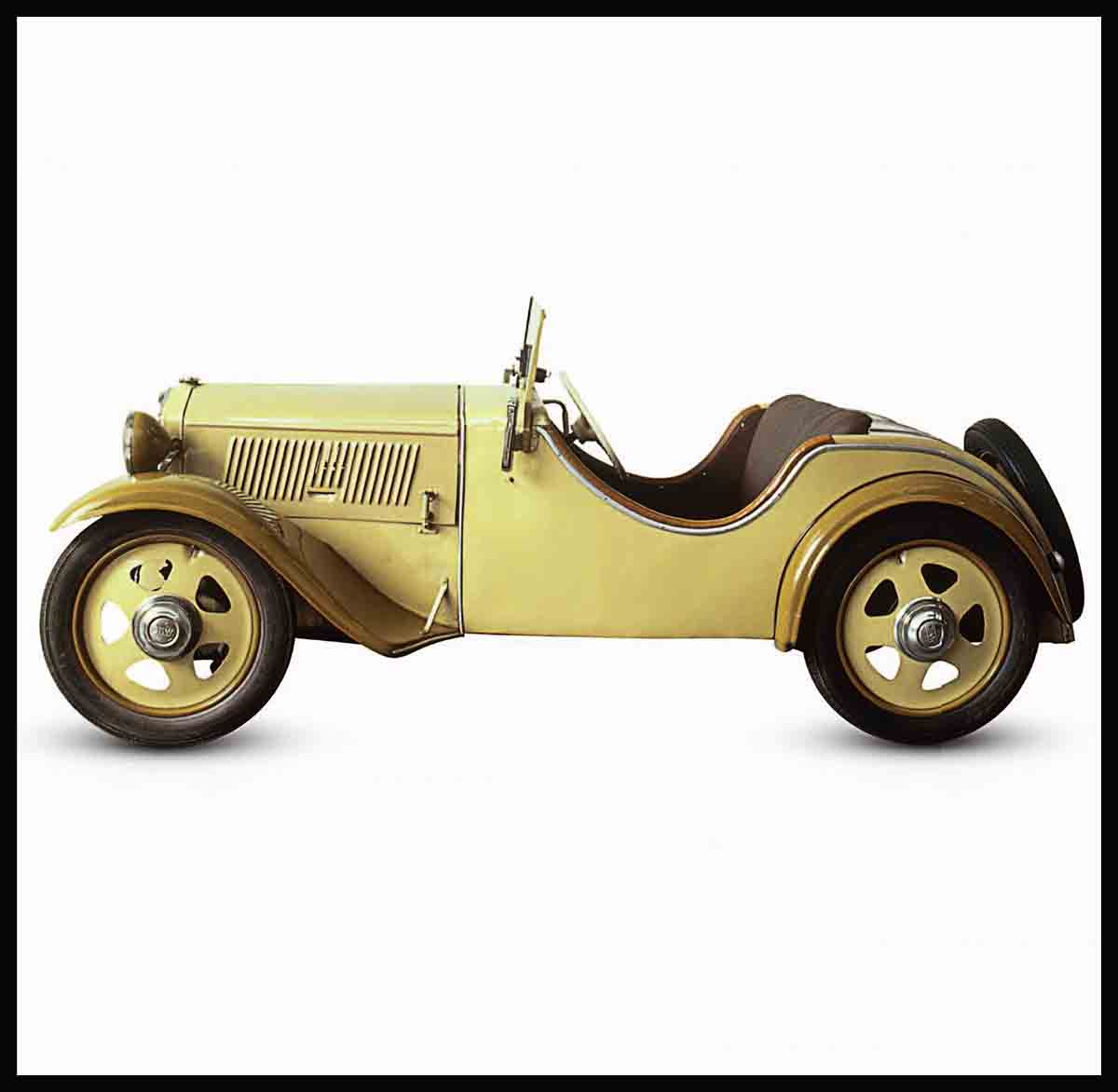
Economy Models of the Post-Depression Era
The Great Depression that struck the United States in 1929 and spread around the world hit car sales hard. Some people still wanted cars, though their aspirations were lower. Upmarket car makers introduced smaller, more affordable versions for the new decade, and manufacturers of small cars made improvements to their models. The new low-price cars were mostly very usable four-seat sedans, much better equipped than earlier economy vehicles.
Singer Junior 8HP, 1927
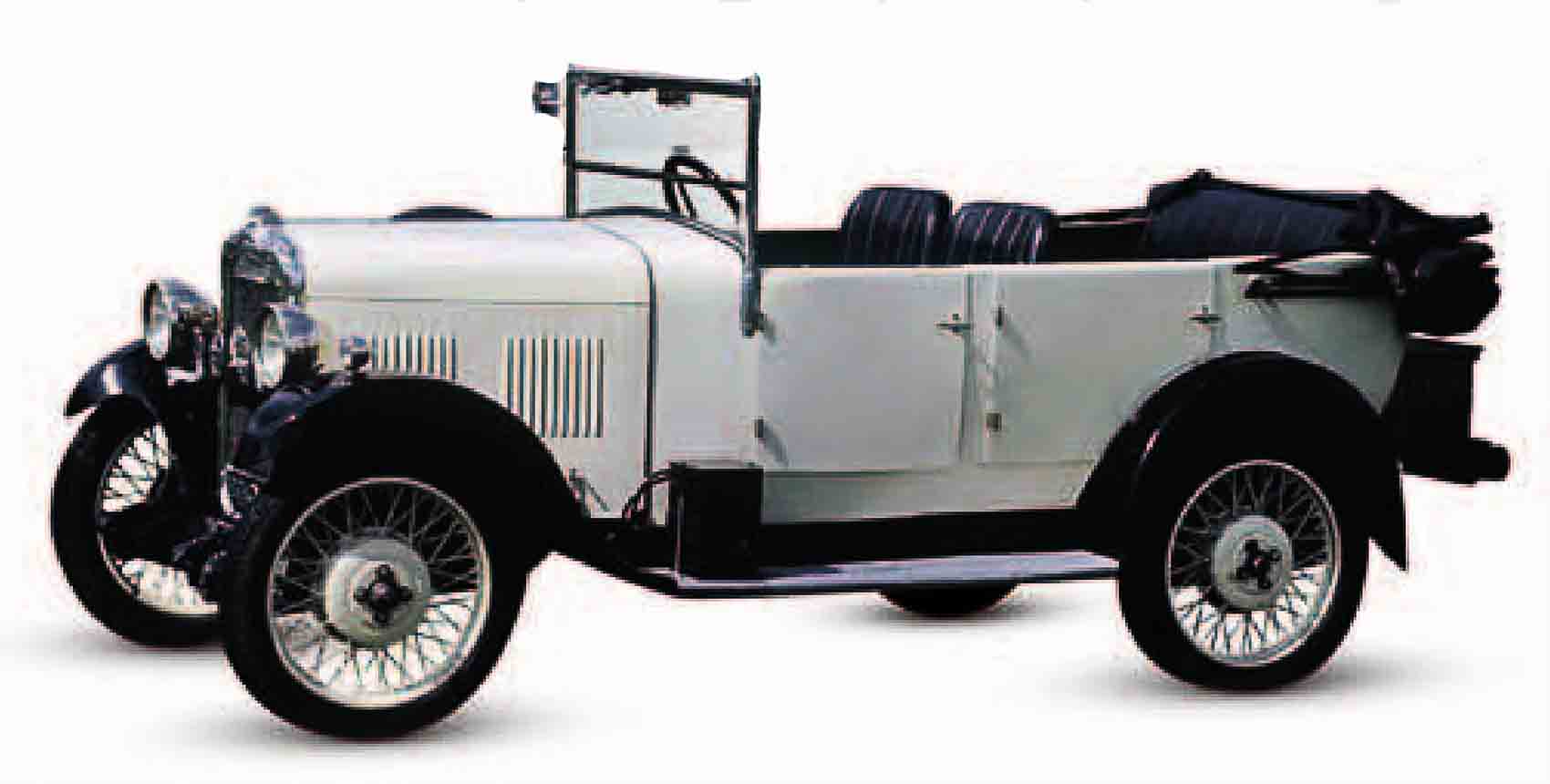
| Origin | UK |
| Engine | 848 cc, straight-four |
| Top speed | 55 mph (89 km/h) |
Cars such as this one with its lively but economical overhead-camshaft engine made Singer one of the best-selling British manufacturers in the 1920s. In the 1930s, sales declined due to lack of development.
DKW FA, 1931
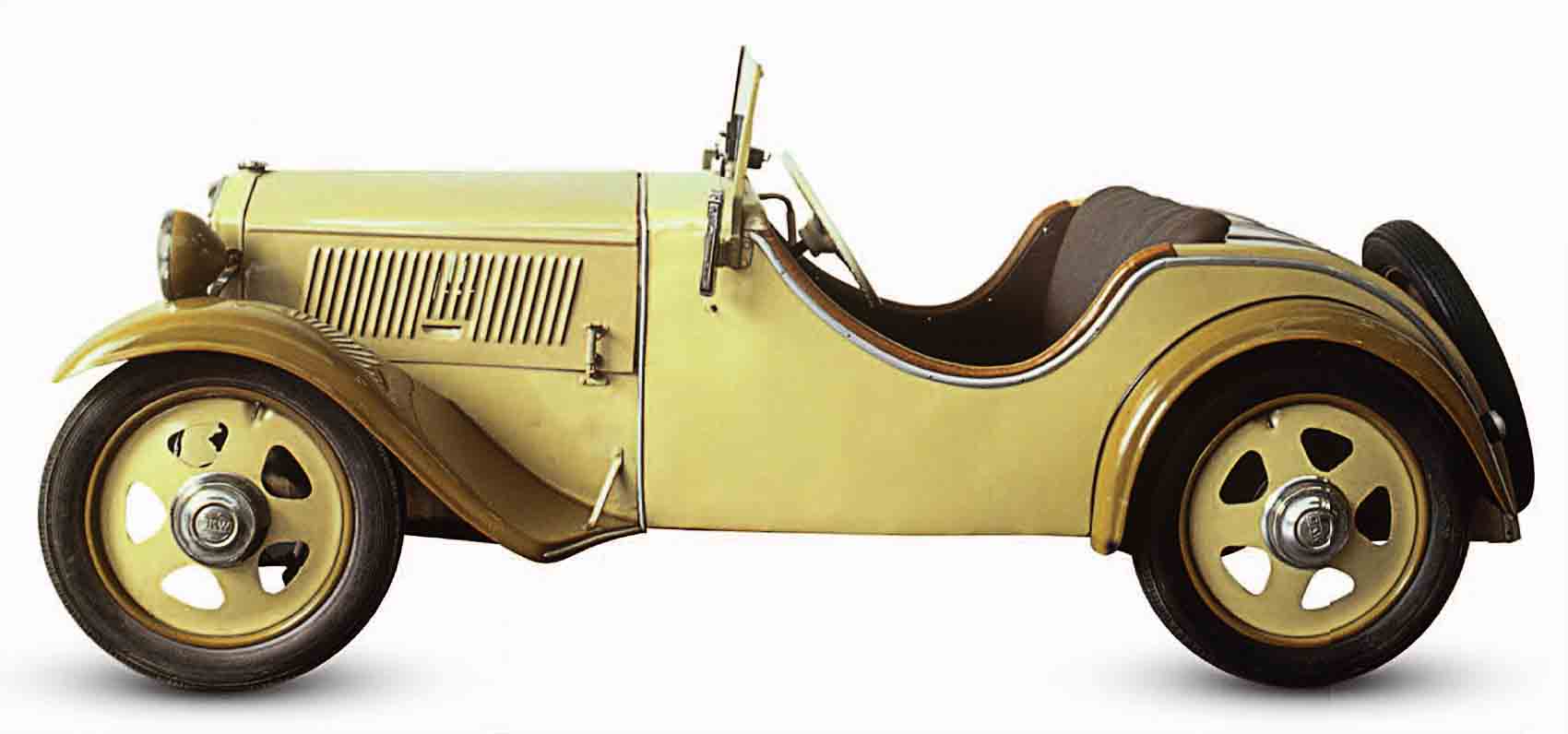
| Origin | Germany |
| Engine | 490 cc, straight-two |
| Top speed | 47 mph (76 km/h) |
DKW turned its little two-stroke engine sideways and mounted it behind a transverse gearbox to drive the front wheels. This achieved a much lighter and more compact powertrain.
Goliath Pionier, 1931
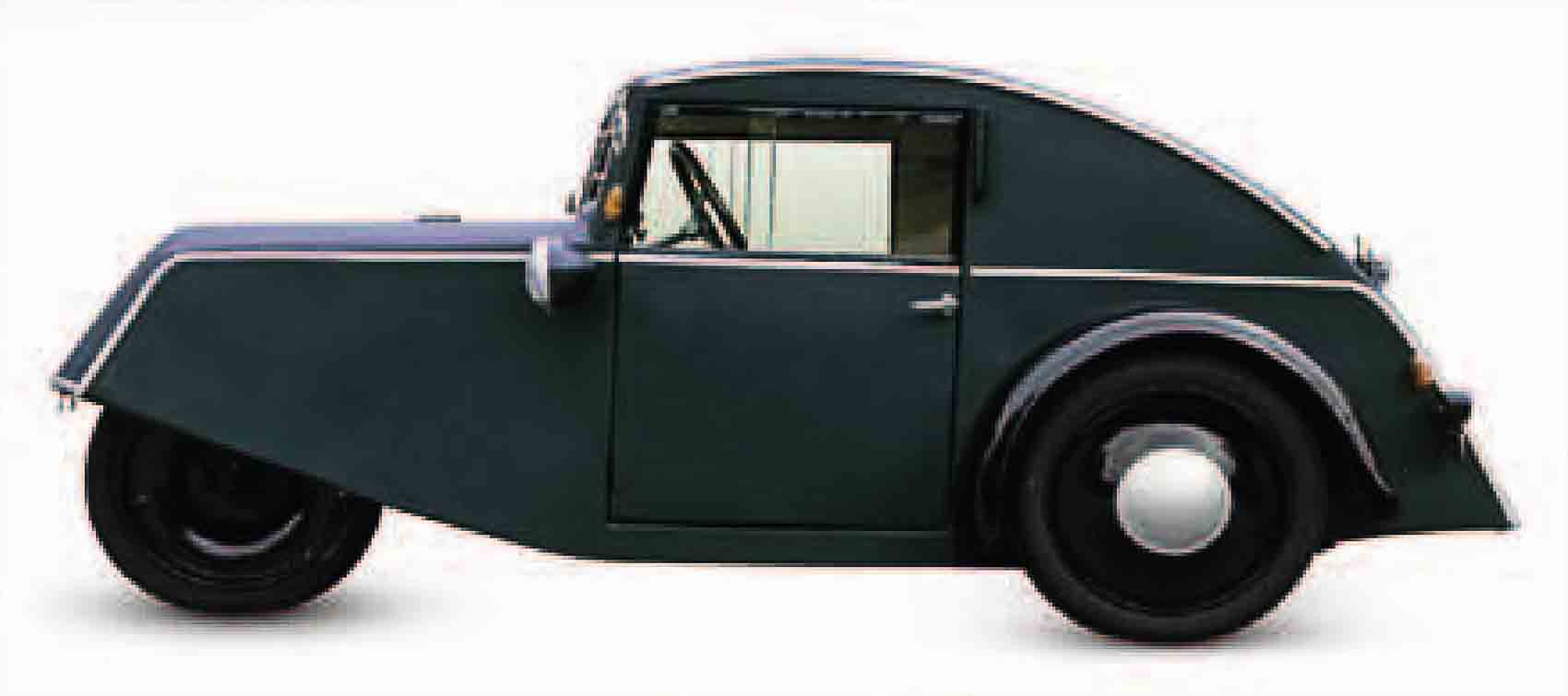
| Origin | Germany |
| Engine | 198 cc, one-cylinder |
| Top speed | 28 mph (45 km/h) |
From 1924 Carl Borgward made small commercial vehicles. During the economic crisis, he adapted the designs to make this small fabric-bodied car, 4,000 of which were sold.
Ford Model Y, 1932
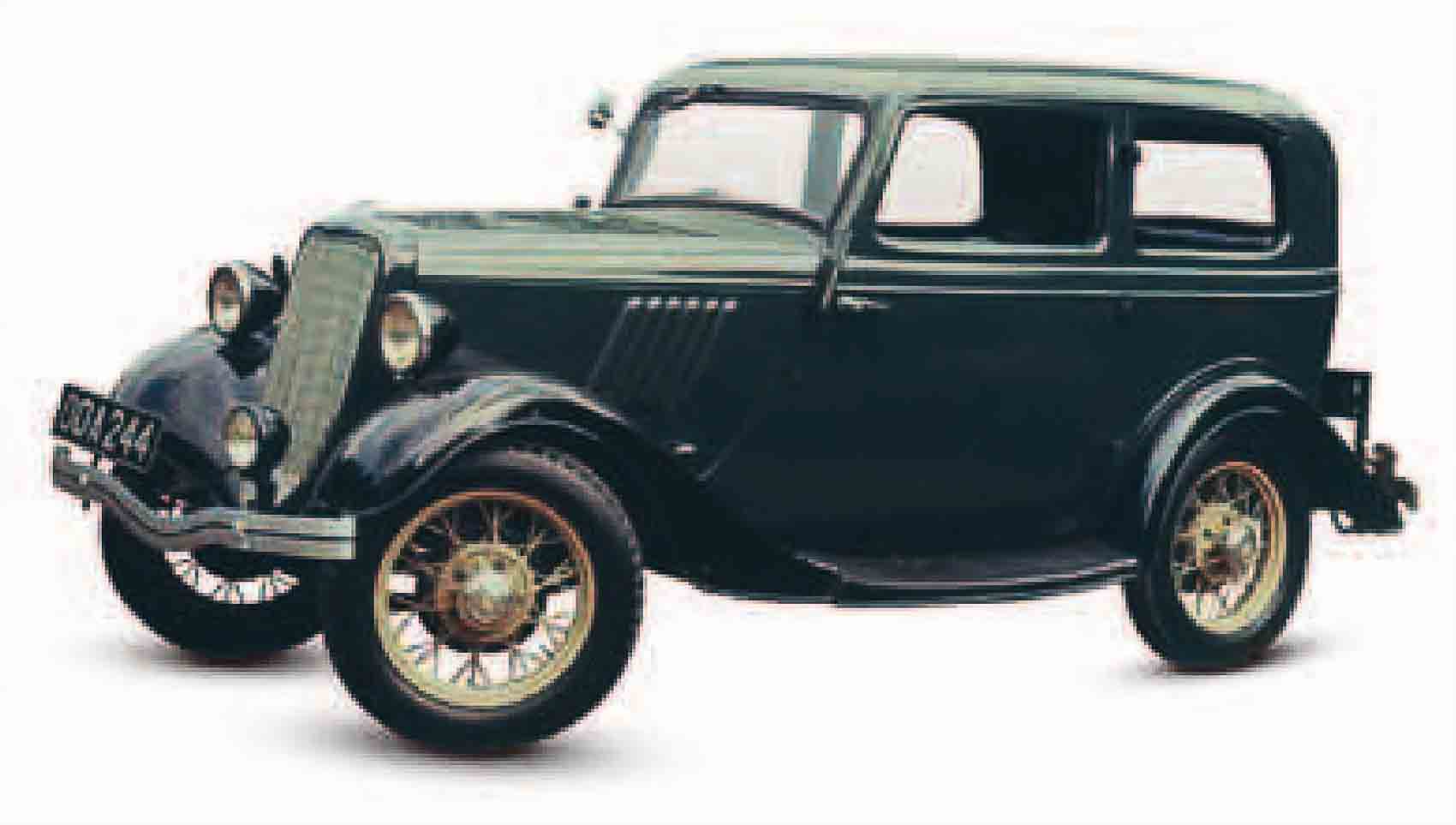
| Origin | UK |
| Engine | 933 cc, straight-four |
| Top speed | 57 mph (92 km/h) |
Built in the UK, France, and Germany, the Model Y was perfect for the European market, and cheap enough to give Ford market leadership, a position it held for decades.
Adler Trumpf Junior, 1934
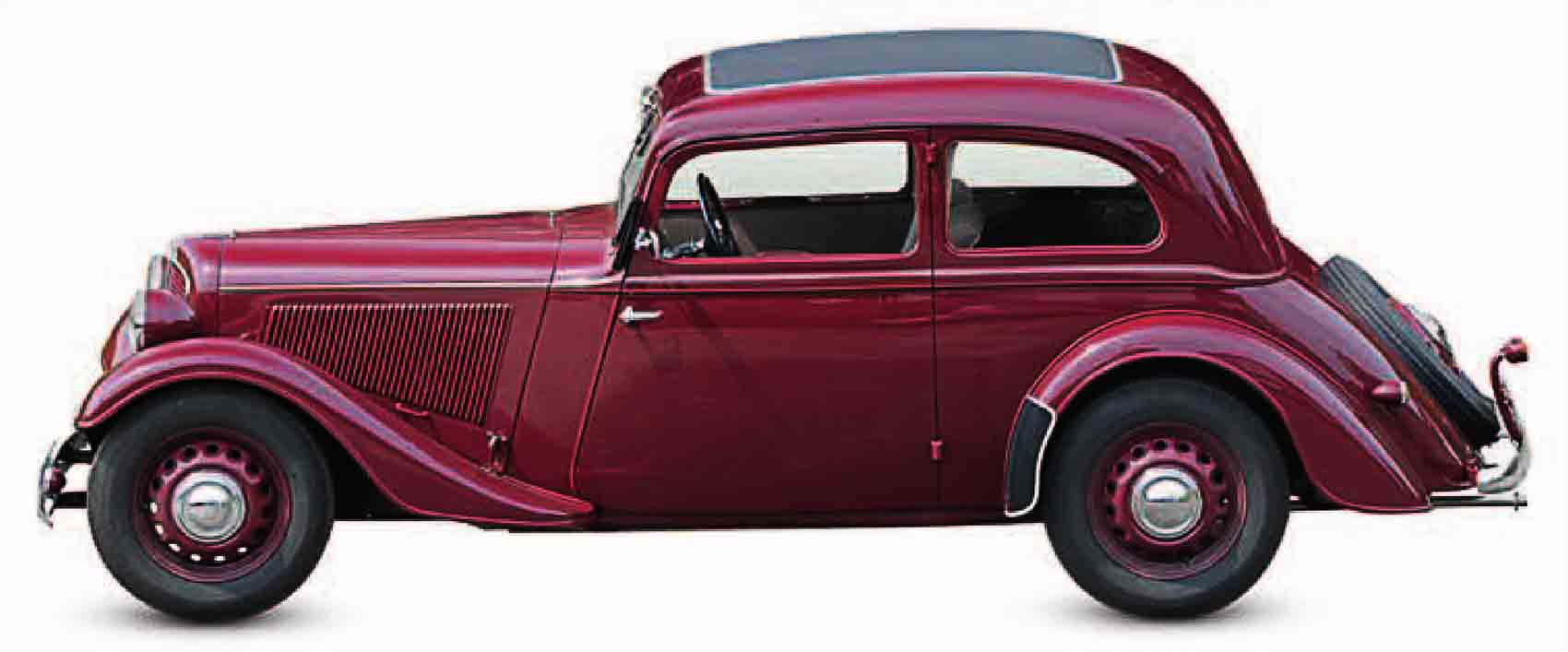
| Origin | Germany |
| Engine | 995 cc, straight-four |
| Top speed | 57 mph (92 km/h) |
This front-wheel-drive “people’s car” sold over 100,000 before the war. In two-seat sports form it achieved many successes, including second in class at the Le Mans race in 1937.
Austin Seven Ruby, 1934
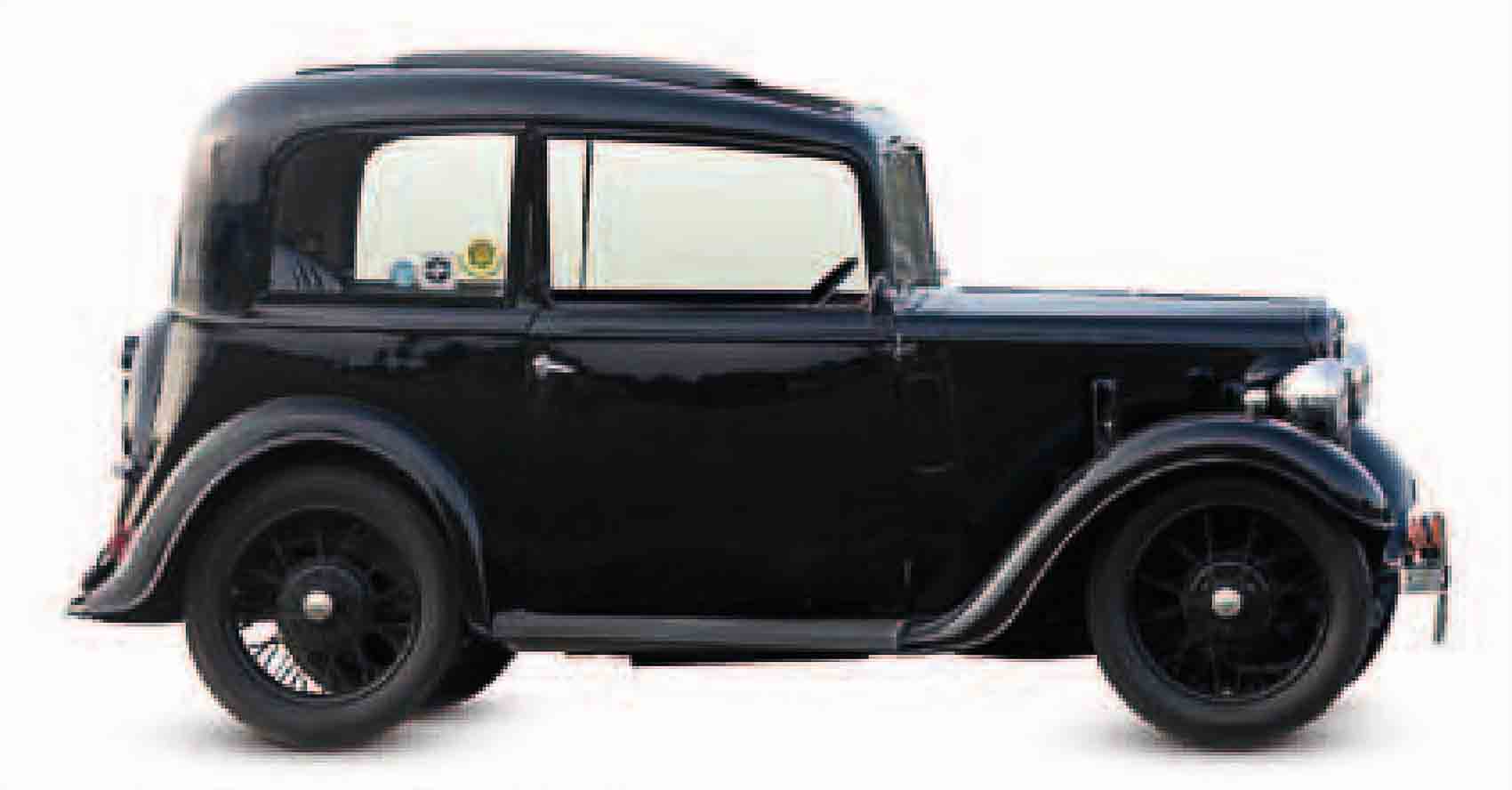
| Origin | UK |
| Engine | 747 cc, straight-four |
| Top speed | 50 mph (80 km/h) |
Austin kept the Seven modern with synchromesh on the top three gears, effective four-wheel brakes, shock absorbers, and a sturdy body. However, the extra weight slowed it down.
Hansa 500, 1934
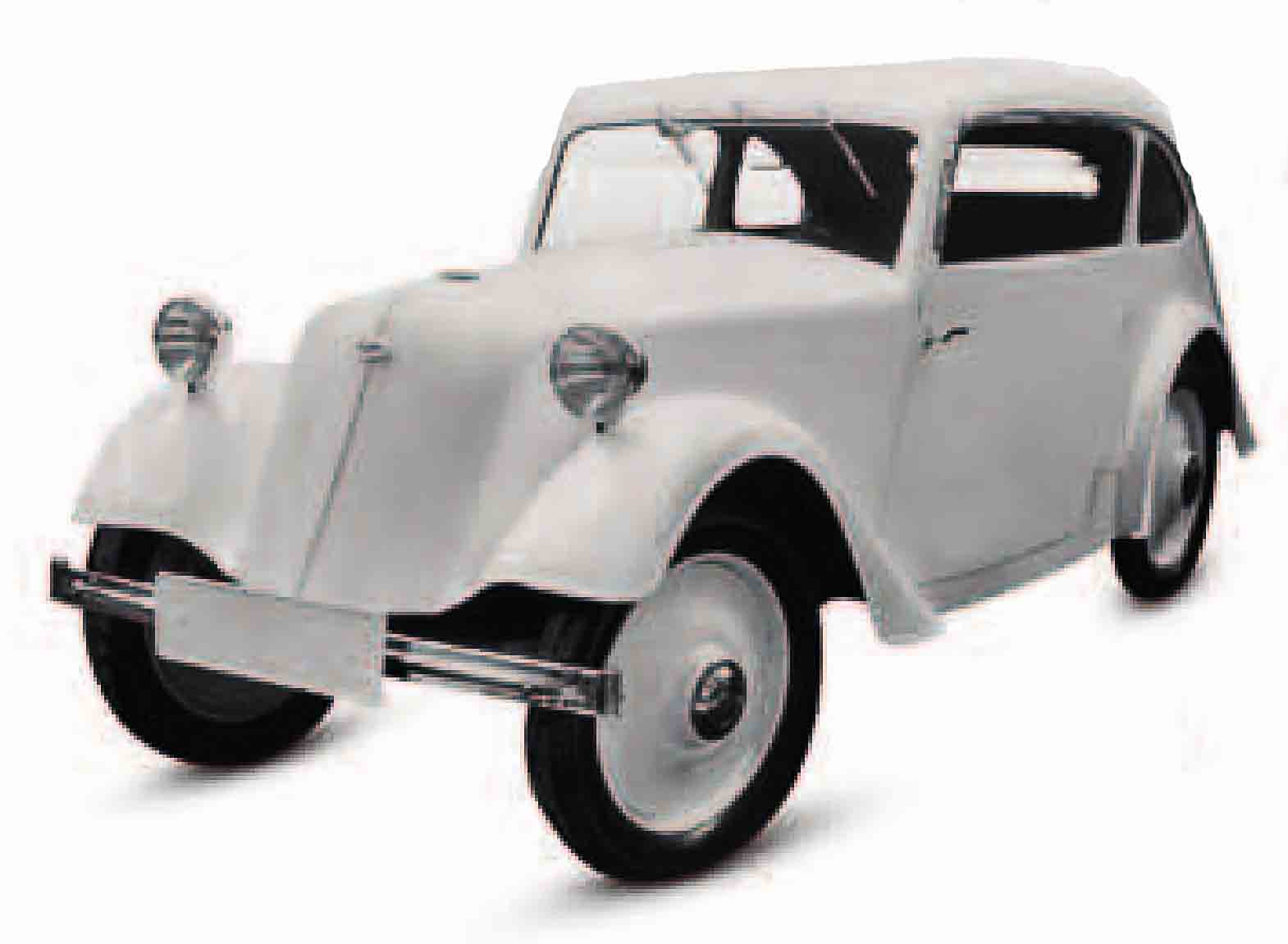
| Origin | Germany |
| Engine | 465 cc, straight-two |
| Top speed | 40 mph (64 km/h) |
Carl Borgward liked small cars; after the Goliath he designed the four-seat Hansa 400 and 500. However, as the economic crisis receded, larger cars were back in demand.
Fiat Topolino 500, 1936
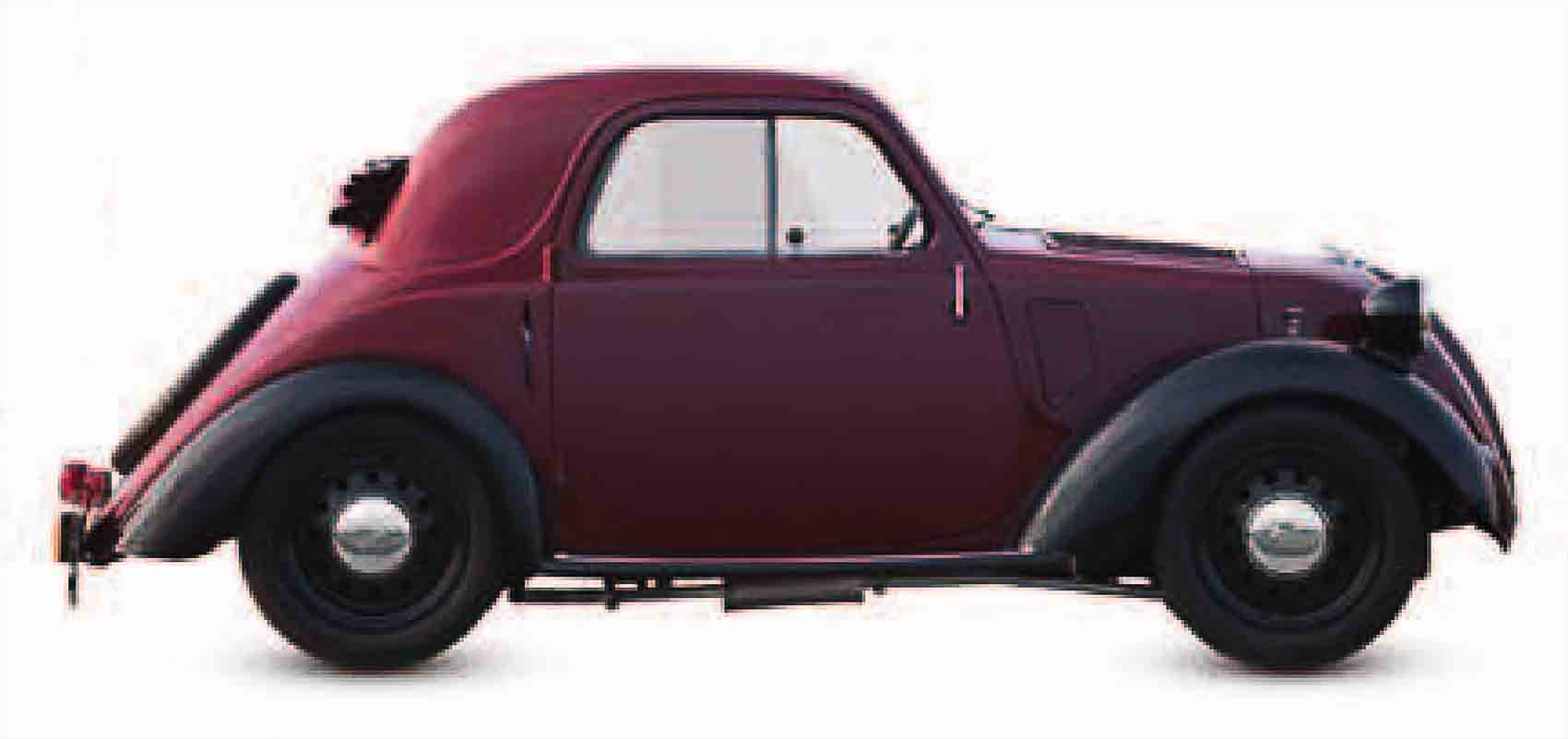
| Origin | Italy |
| Engine | 569 cc, straight-four |
| Top speed | 53 mph (85 km/h) |
Dante Giacosa designed this “Fiat for the people” with a proper water-cooled engine up front and seats for two-though often more people were crammed in.
Hillman Minx Magnificent, 1936
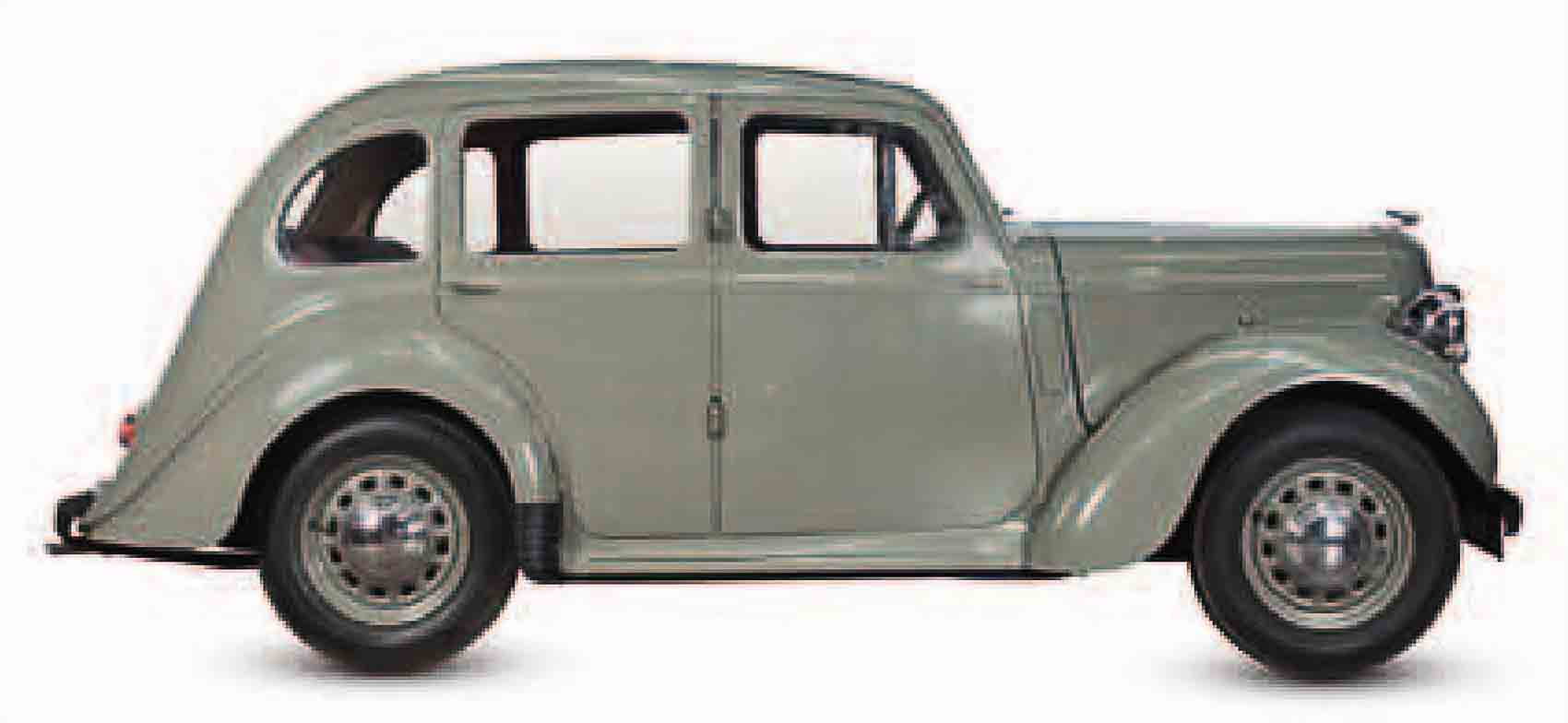
| Origin | UK |
| Engine | 1,185 cc, straight-four |
| Top speed | 62 mph (100 km/h) |
Hillman’s affordable Minx sedan series began in 1932. In 1936 Hillman offered a better-equipped model with a much improved interior space compared with rival 10HP sedans.
Opel P4, 1936
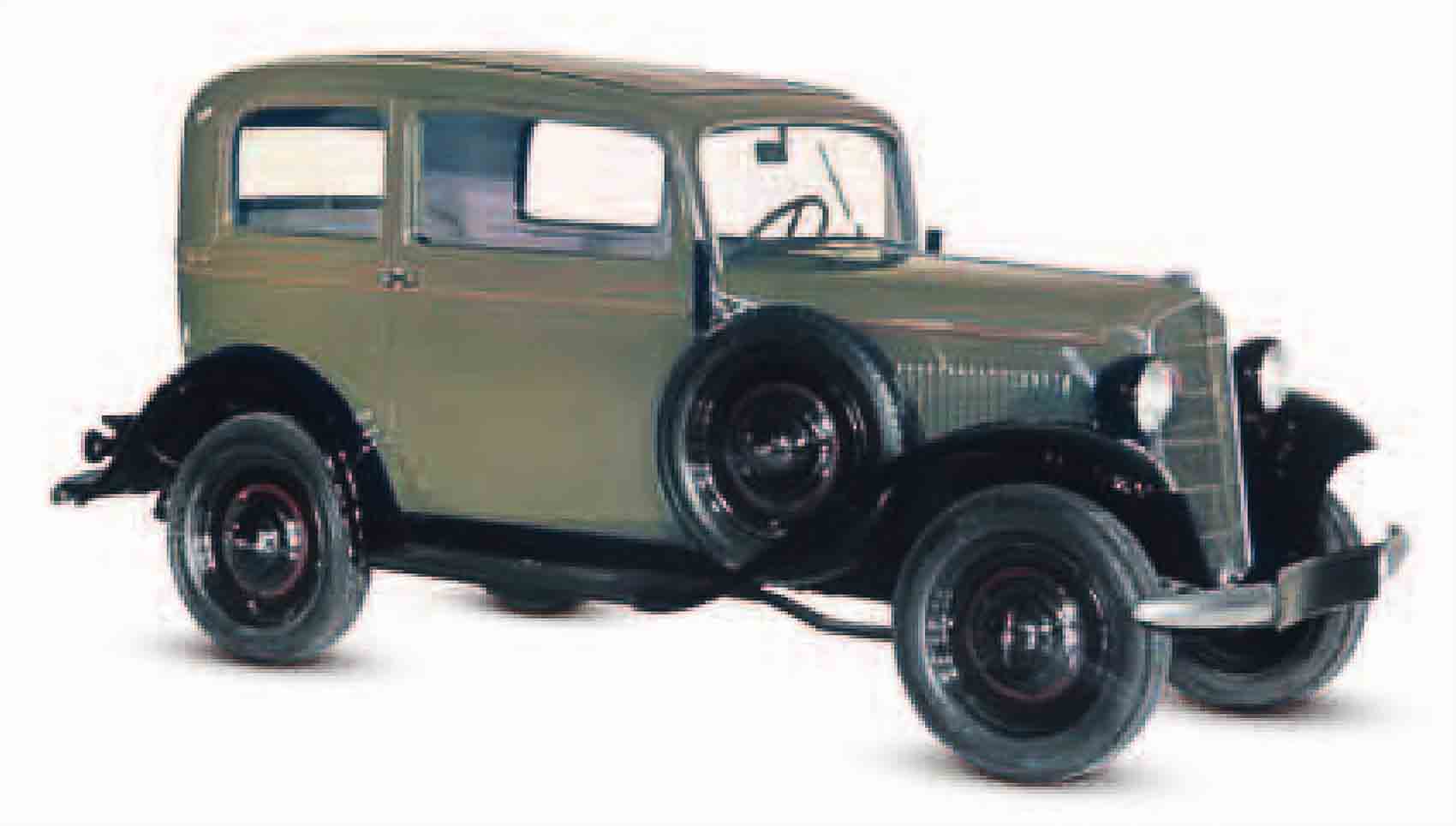
| Origin | Germany |
| Engine | 1,074 cc, straight-four |
| Top speed | 55 mph (89 km/h) |
The P4 was developed from Opel’s earlier “Laubfrosch.” Conventional in both styling and engineering, it was well constructed and reliable, and popular for those reasons.
Morris Eight, 1936
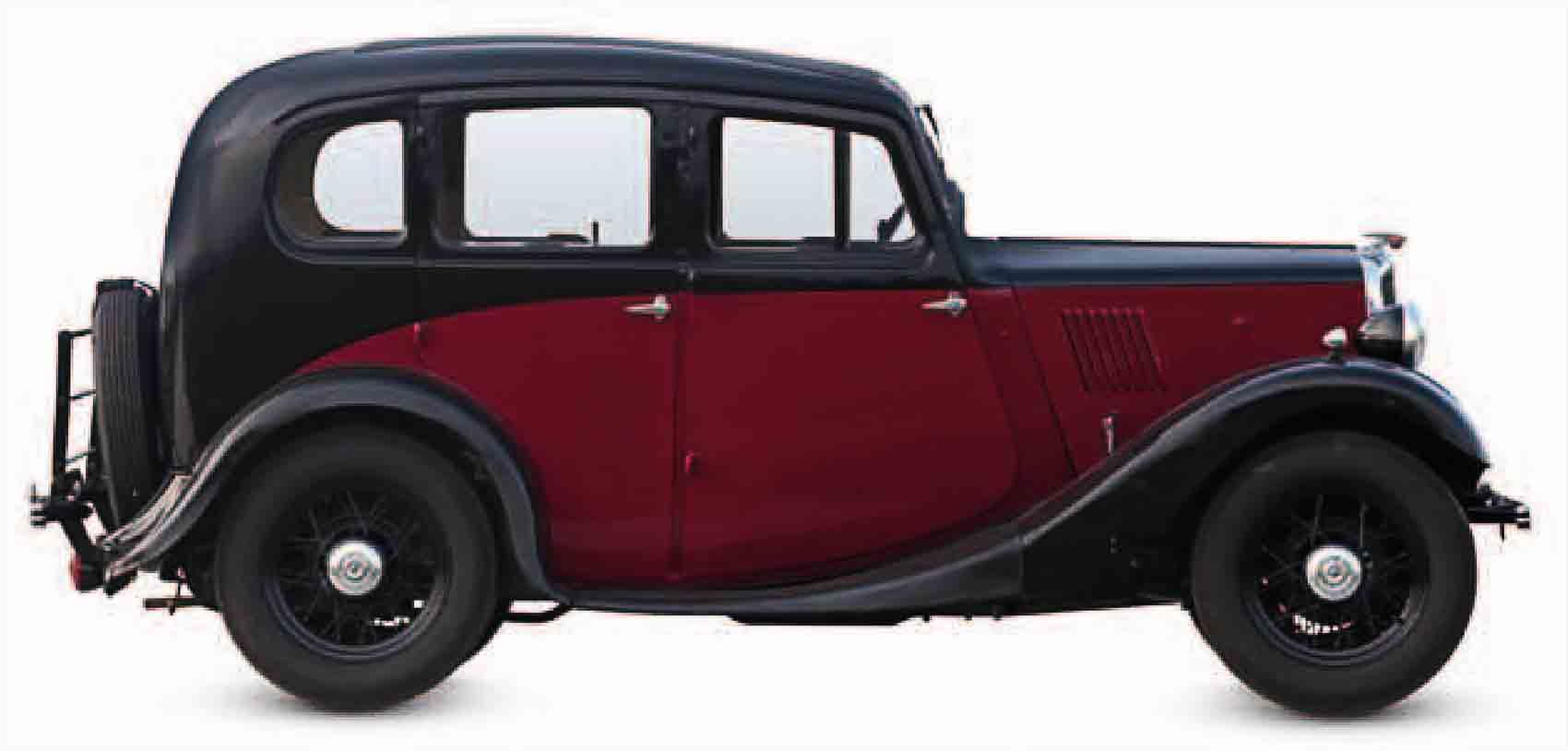
| Origin | UK |
| Engine | 918 cc, straight-four |
| Top speed | 58 mph (93 km/h) |
The Eight saved Morris when Austin and Ford had knocked it into third place in the UK. In terms of layout, size, and mechanical specification, it copied the Ford Eight, but it sold well.
Vauxhall H-type Ten-Four, 1937
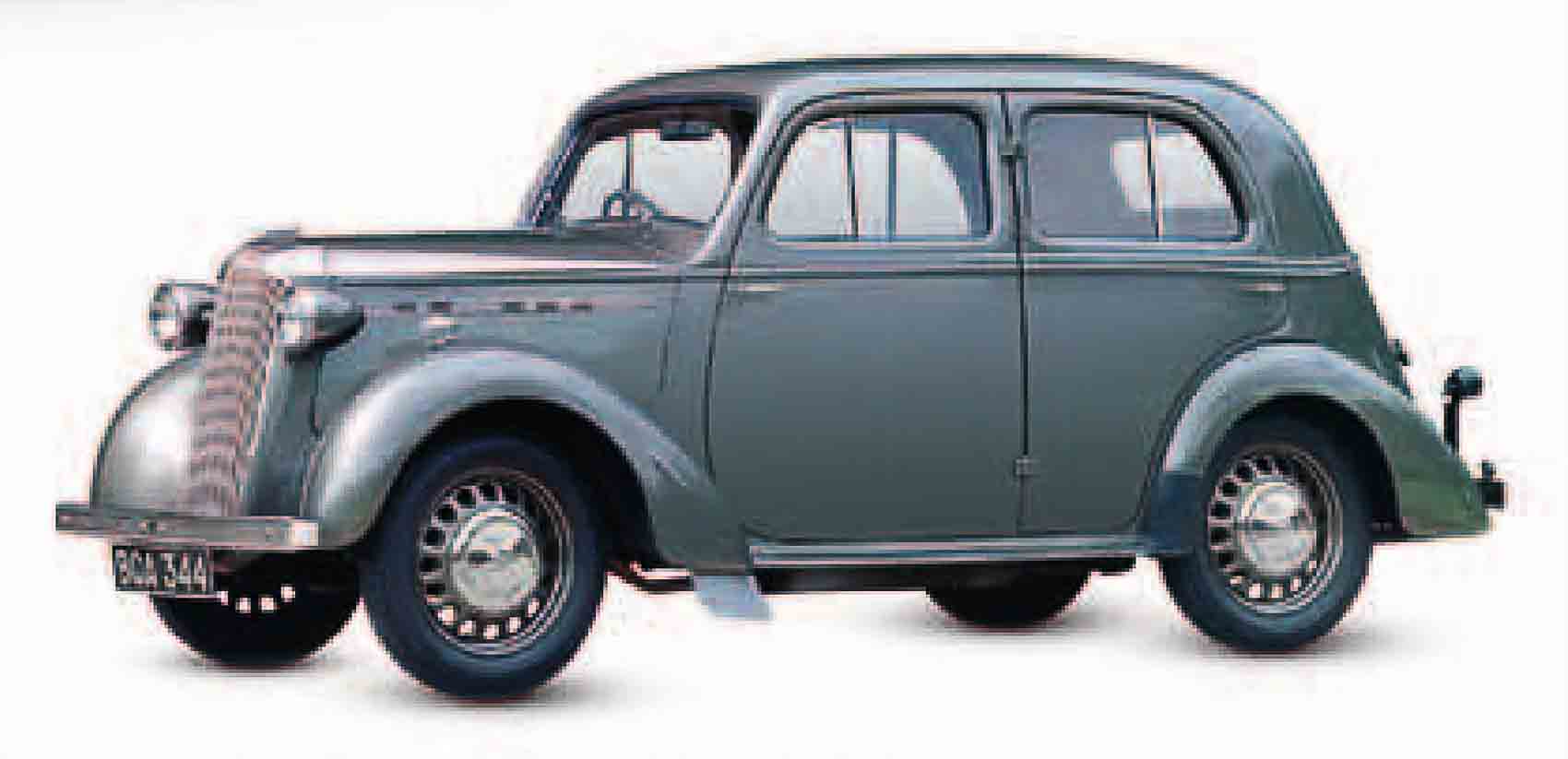
| Origin | UK |
| Engine | 1,203 cc, straight-four |
| Top speed | 60 mph (97 km/h) |
Vauxhall’s entry-level car was a little bigger than its rivals’ and boasted monocoque construction, independent front suspension, and hydraulic brakes. Sales reached 42,245.
American Bantam 60, 1937
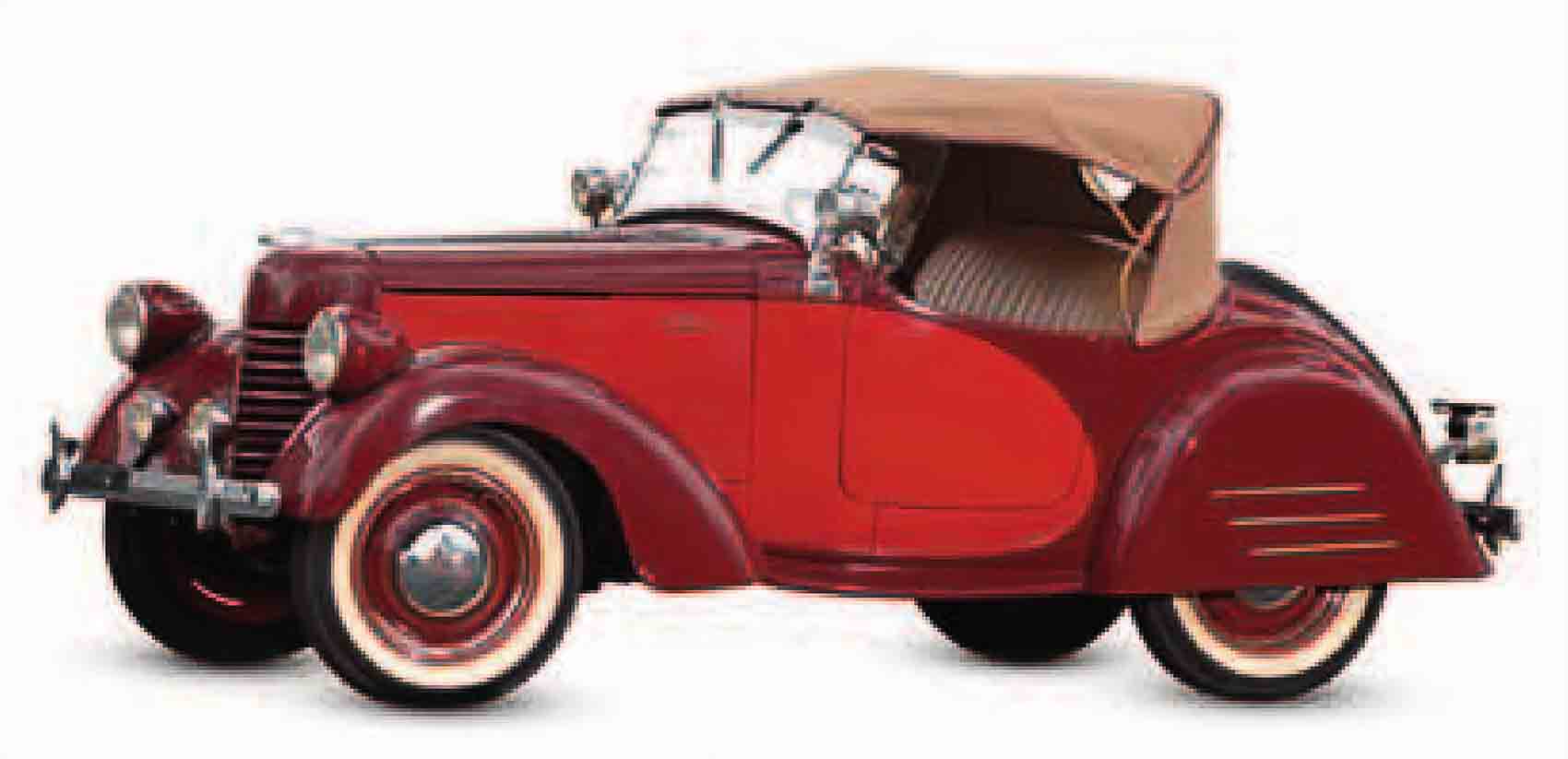
| Origin | USA |
| Engine | 747 cc, straight-four |
| Top speed | 55 mph (89 km/h) |
Production of Austin Sevens under license in the United States had a spotty record from 1929. This restyle by Alexis de Sakhnoffsky looked American, but was too tiny to sell well.
Skoda Popular, 1938
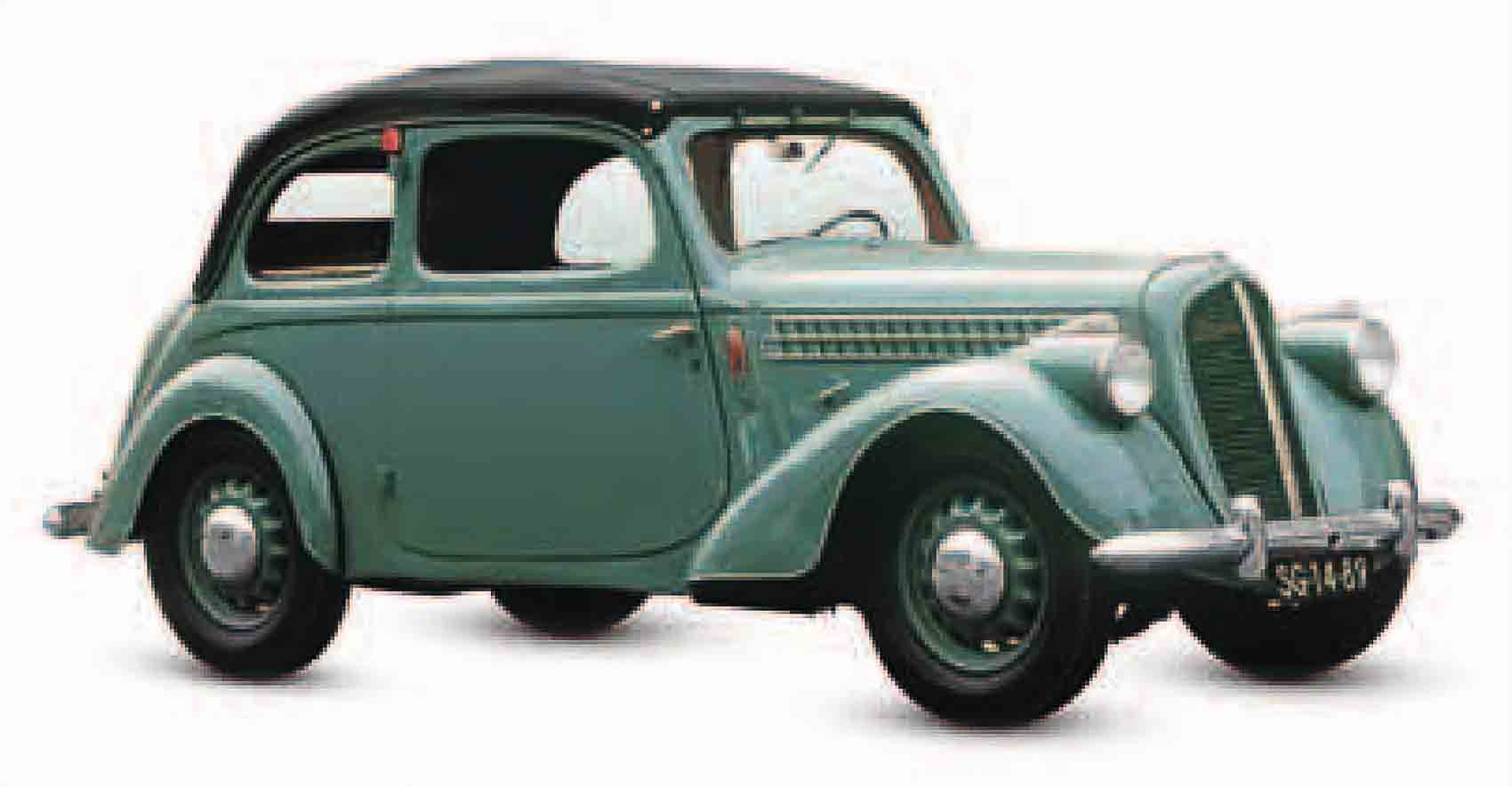
| Origin | Czechoslovakia |
| Engine | 995 cc, straight-four |
| Top speed | 62 mph (100 km/h) |
Skoda produced innovative small cars in the 1930s. This model featured a wet-liner engine, single-tube backbone chassis, and swing-axle, independent rear suspension.
Lancia Aprilia, 1937
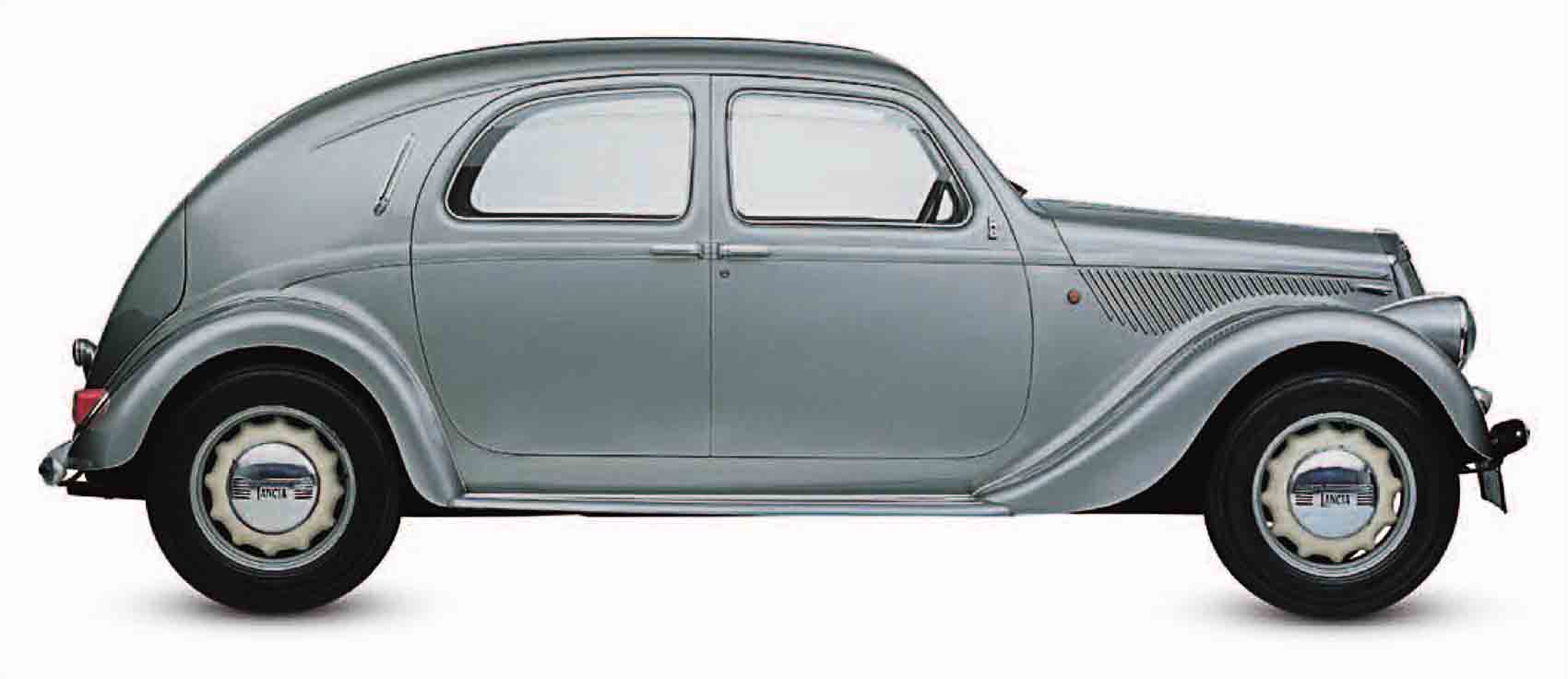
| Origin | Italy |
| Engine | 1,352 cc, V4 |
| Top speed | 80 mph (129 km/h) |
Probably the most advanced prewar sedan, the monocoque Aprilia had all-independent suspension, a narrow-angle V4 engine with overhead cam, hydraulic brakes, and pillarless doors.
It is a quote. The Definitive Visual History Of The Automobile 2011




